A fantasized archeology of gay safe spaces in western Europe through personal, historical and imaginary archives (in progress)
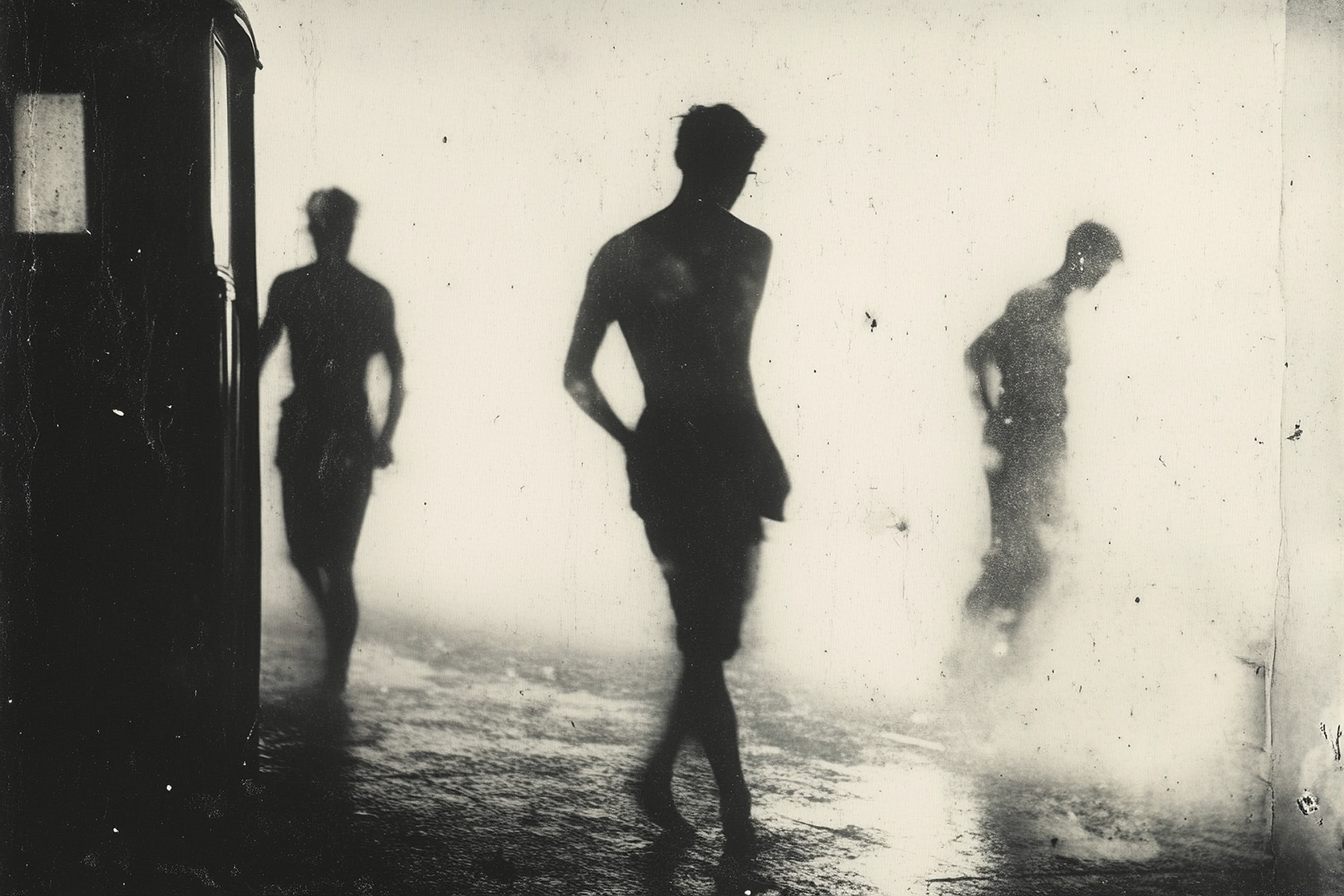

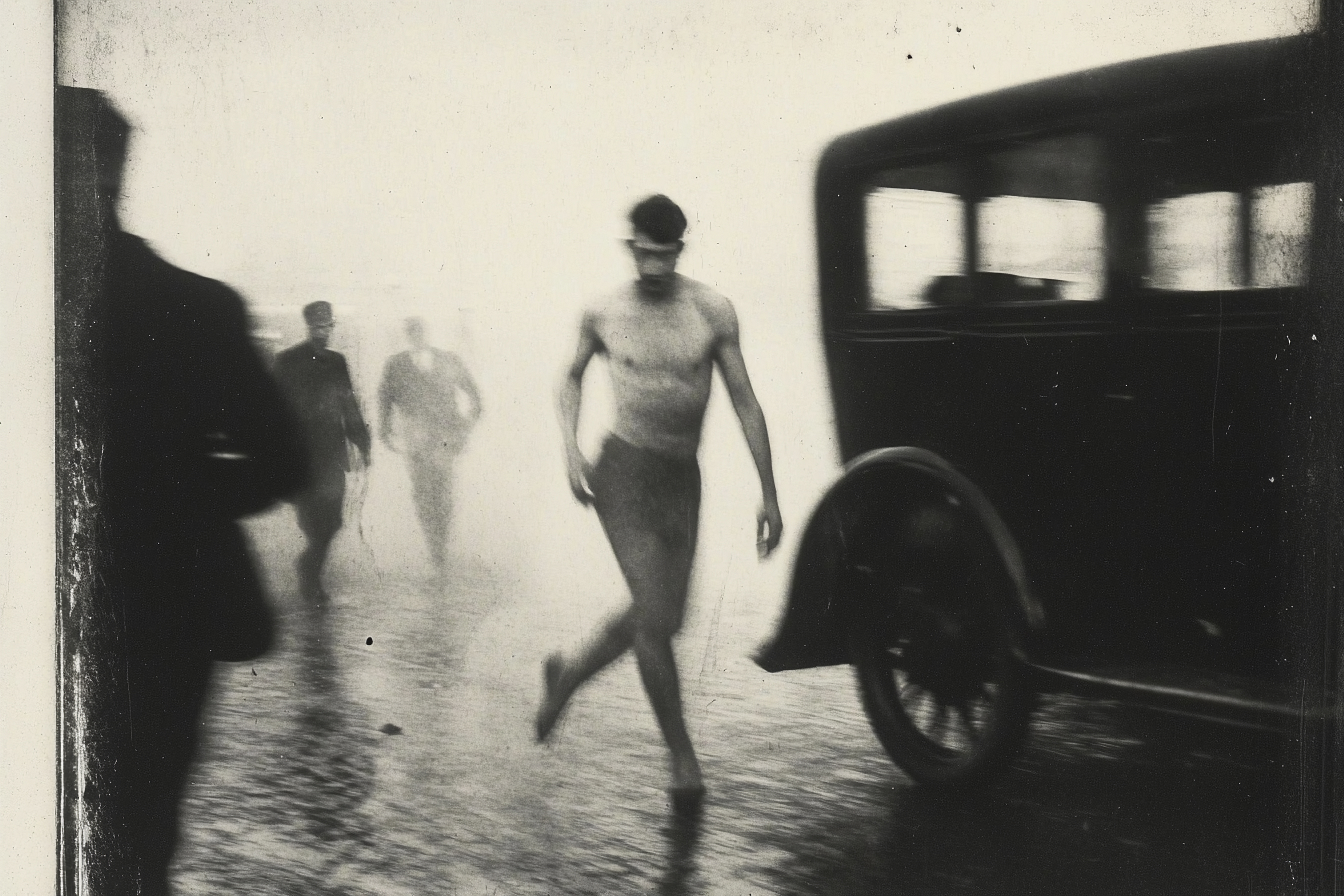
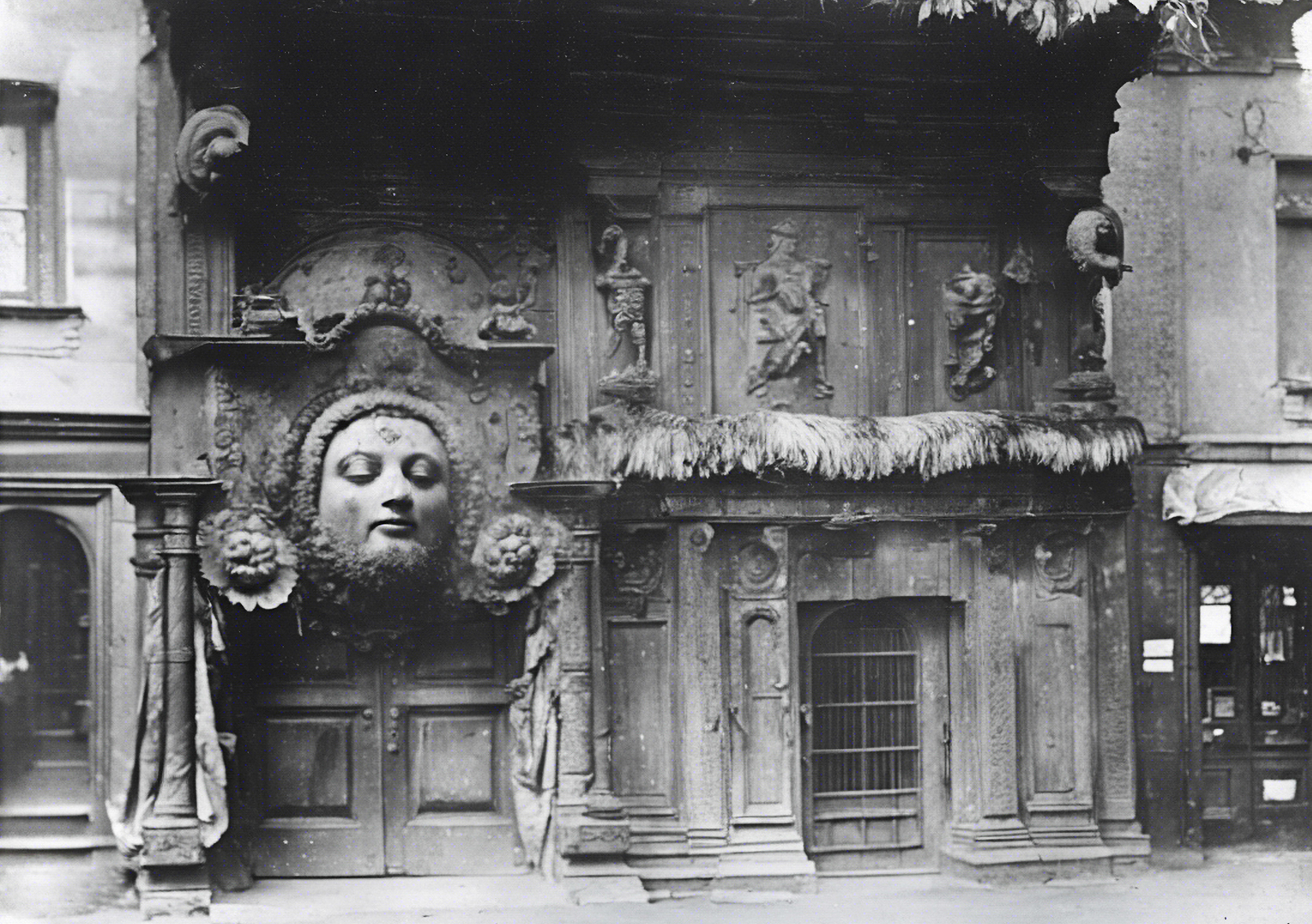
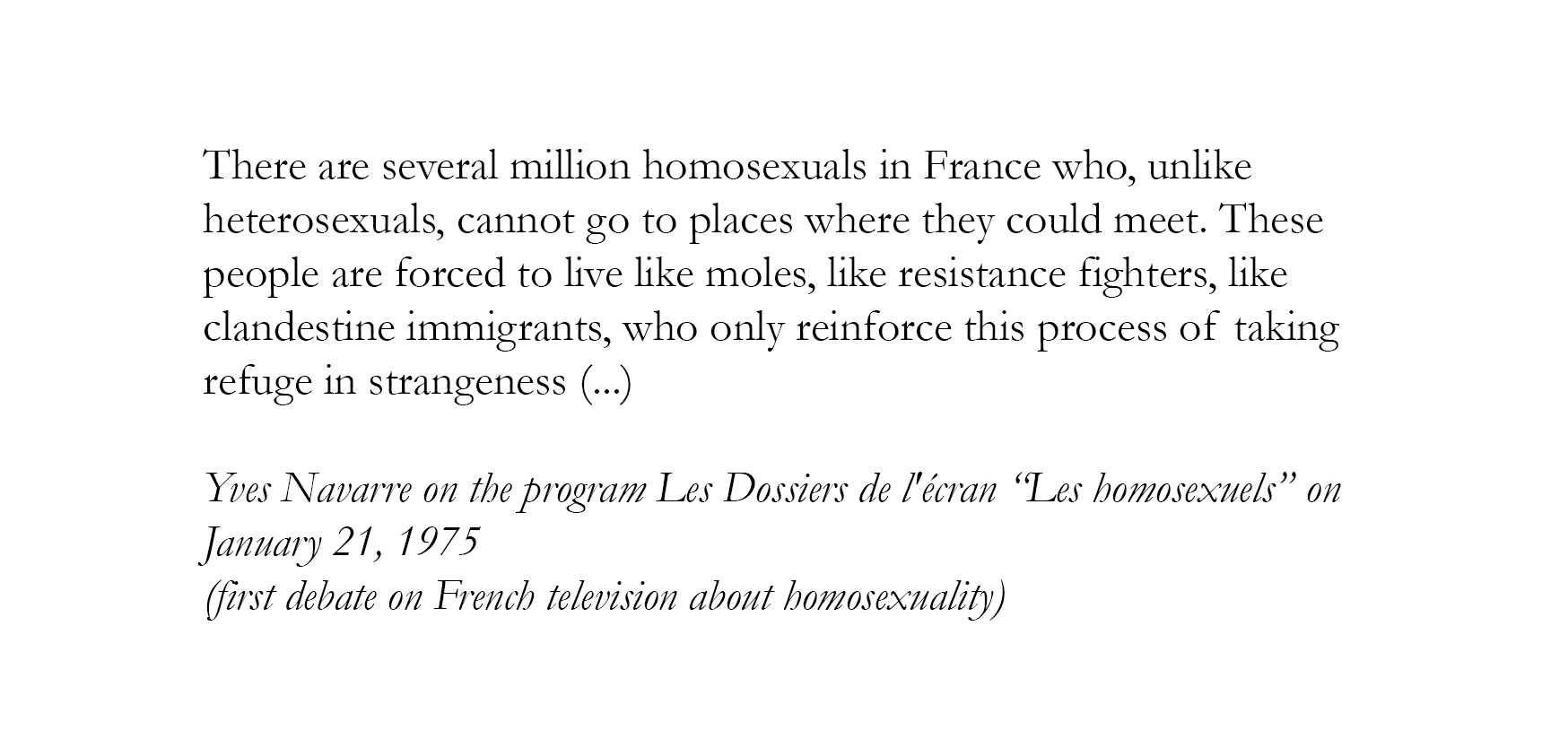
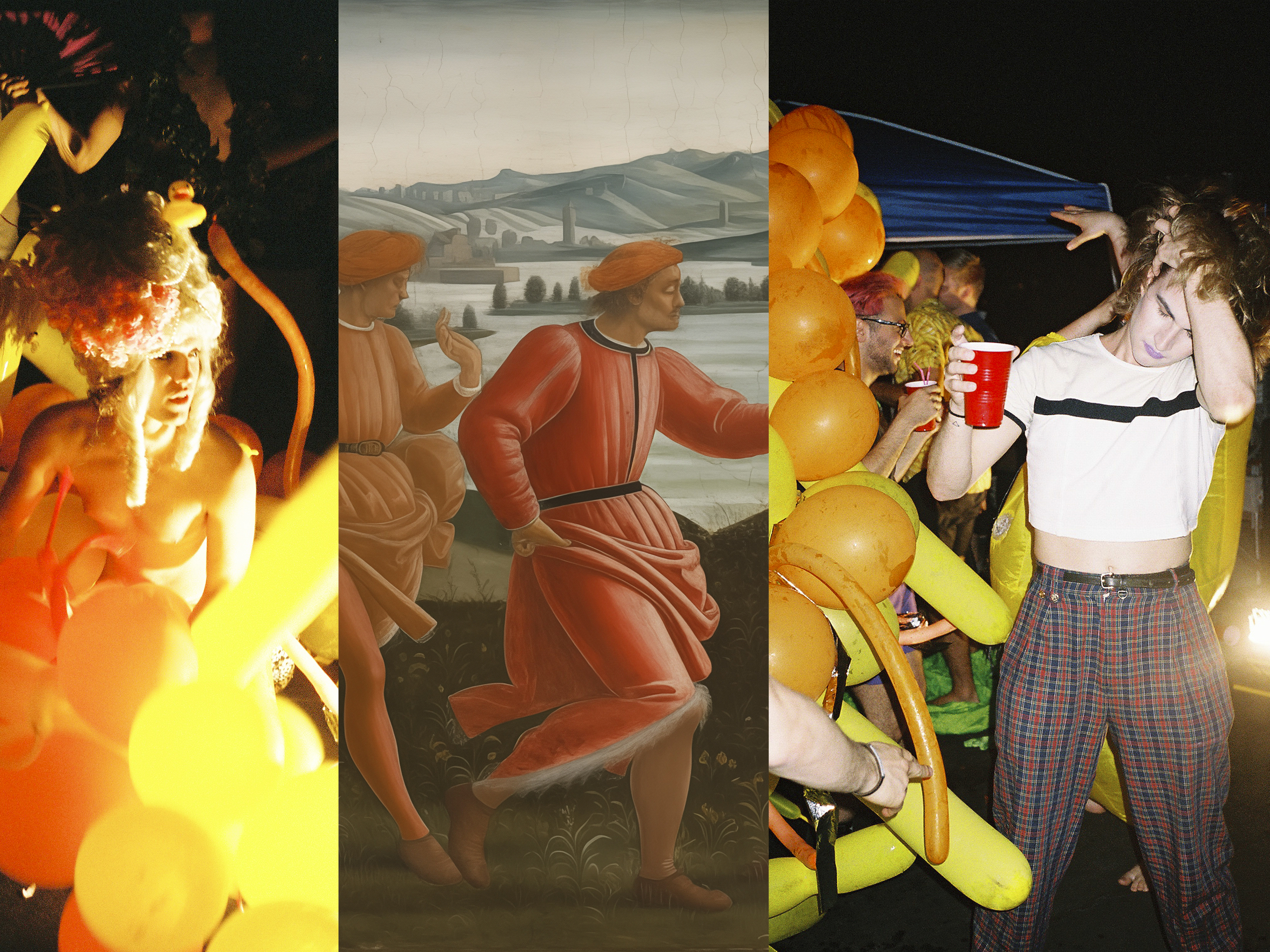
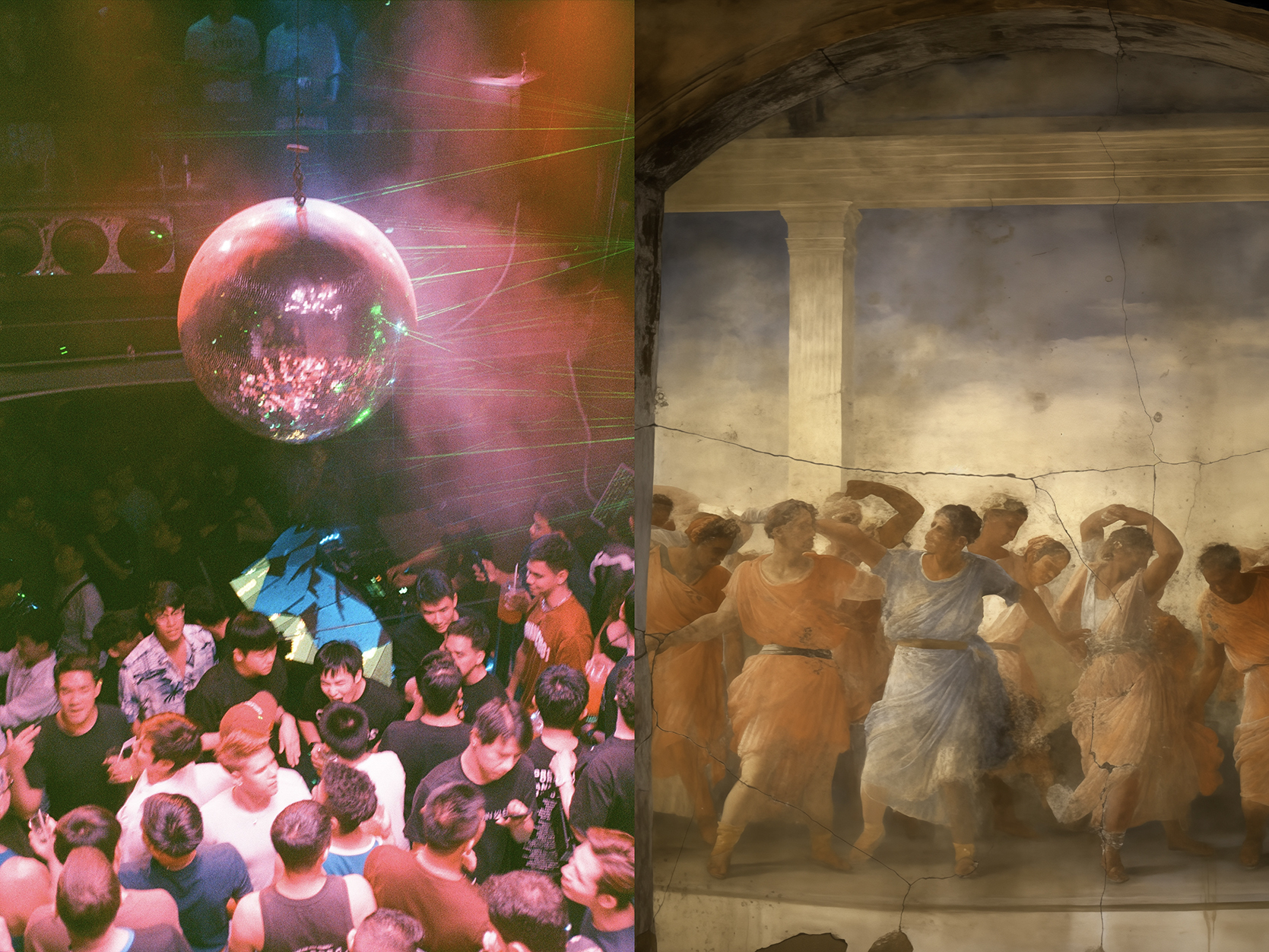
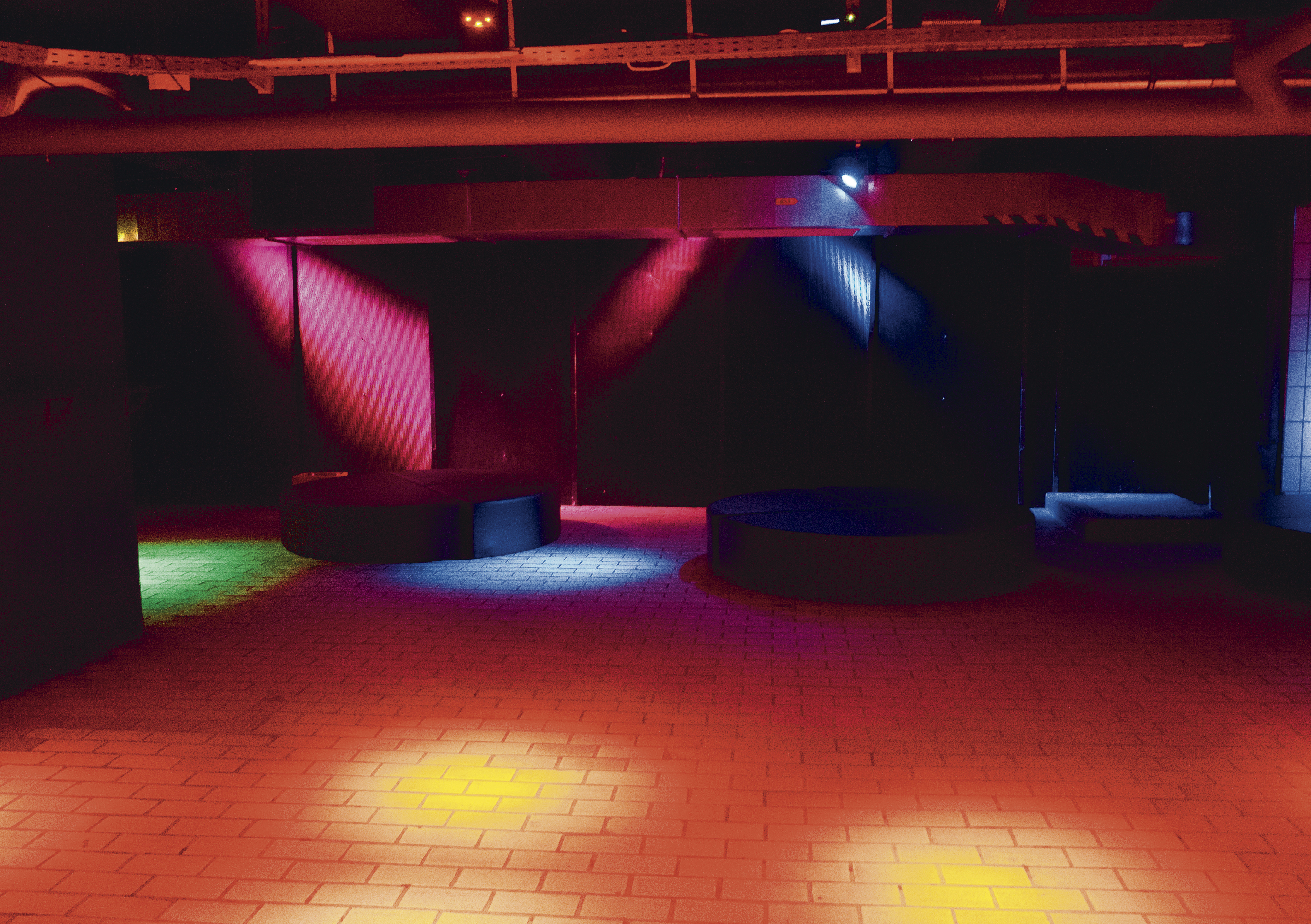
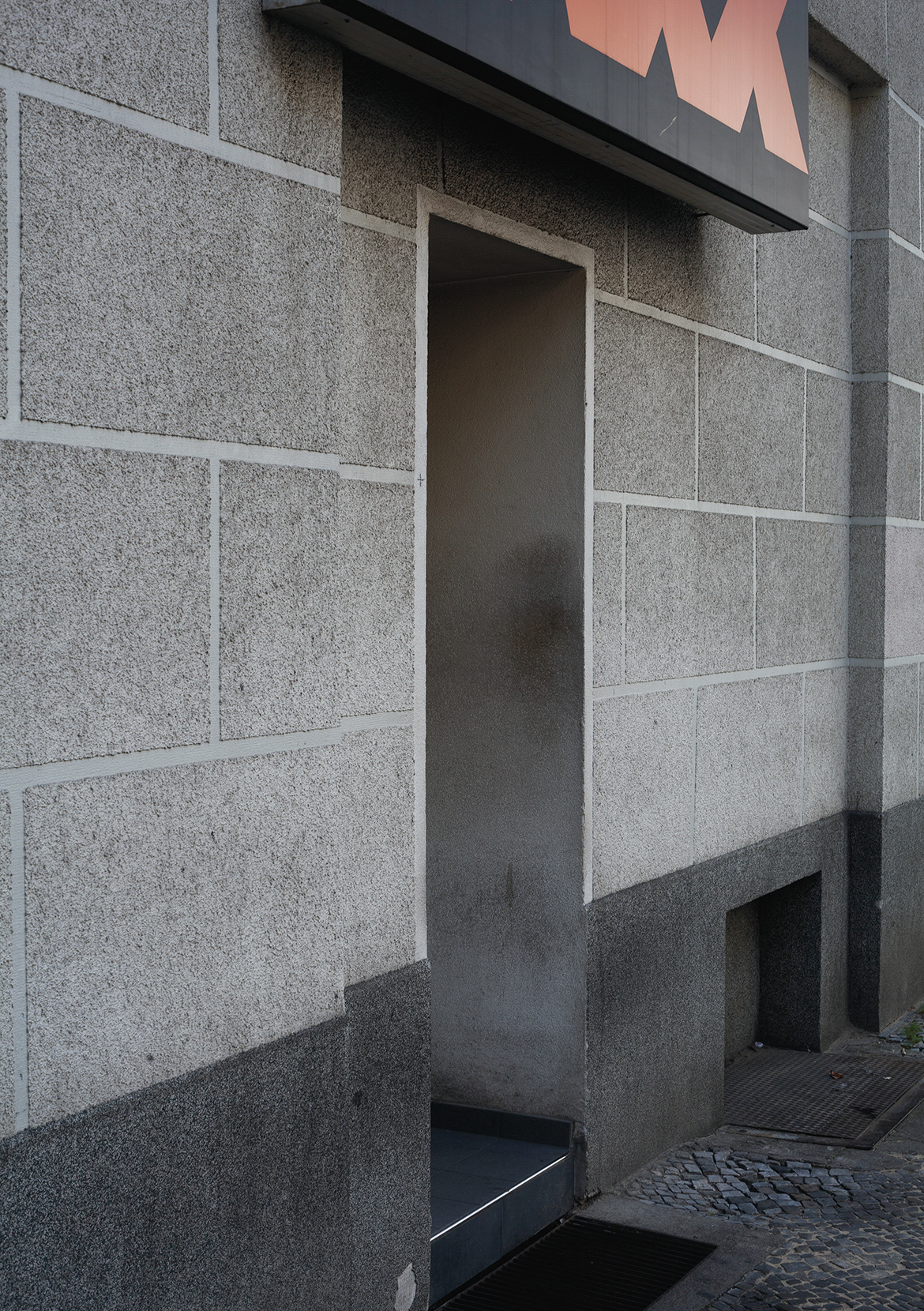
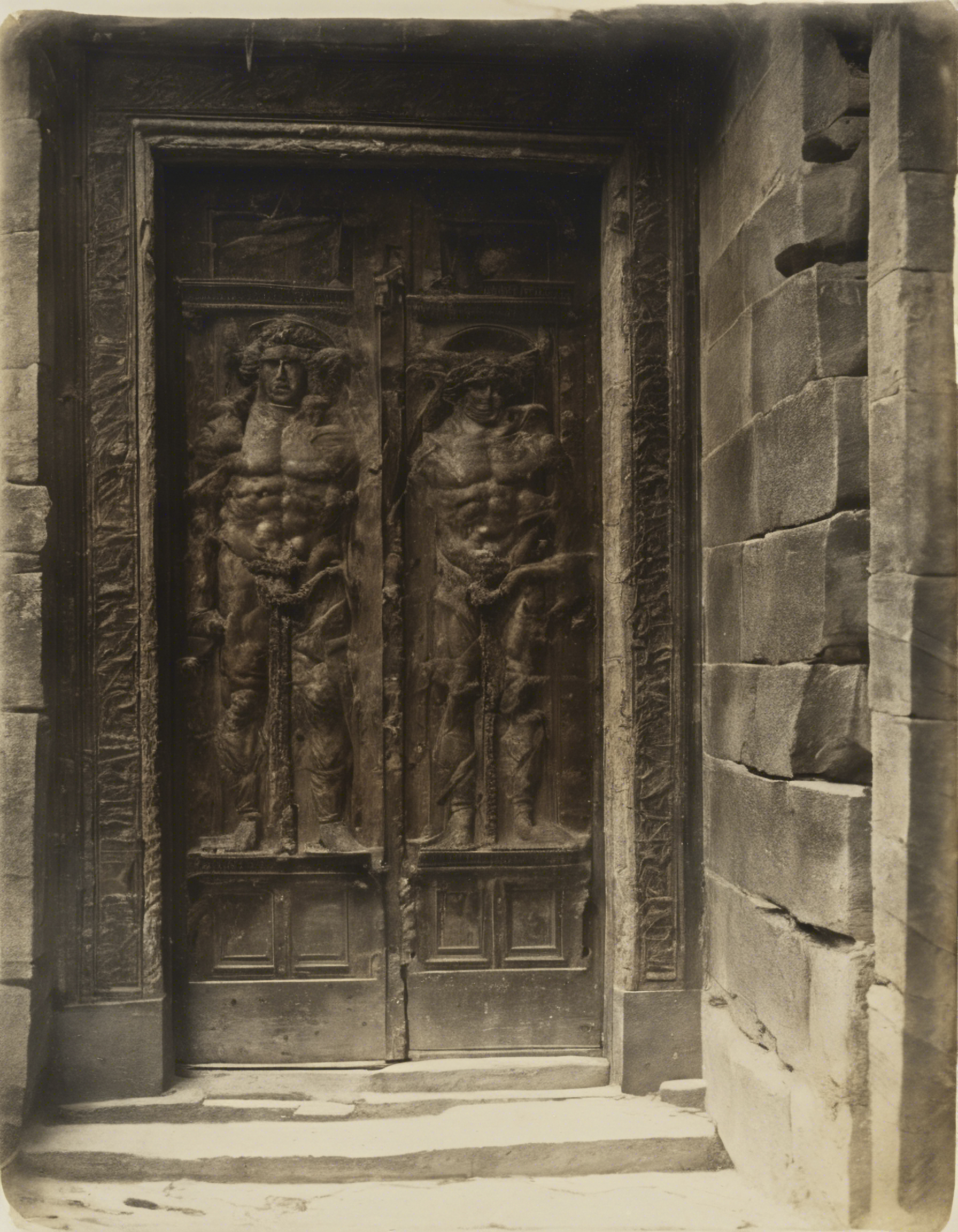
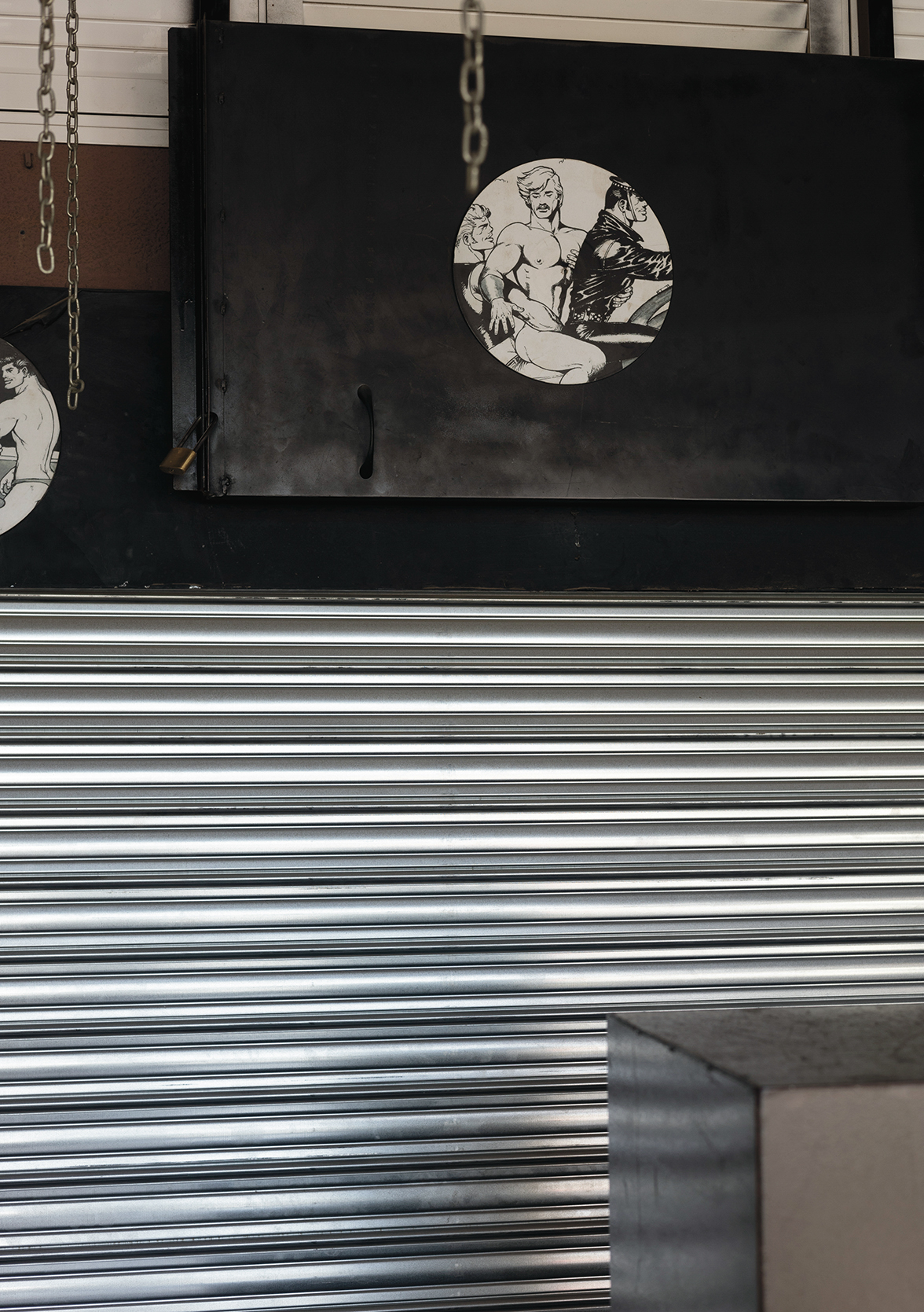
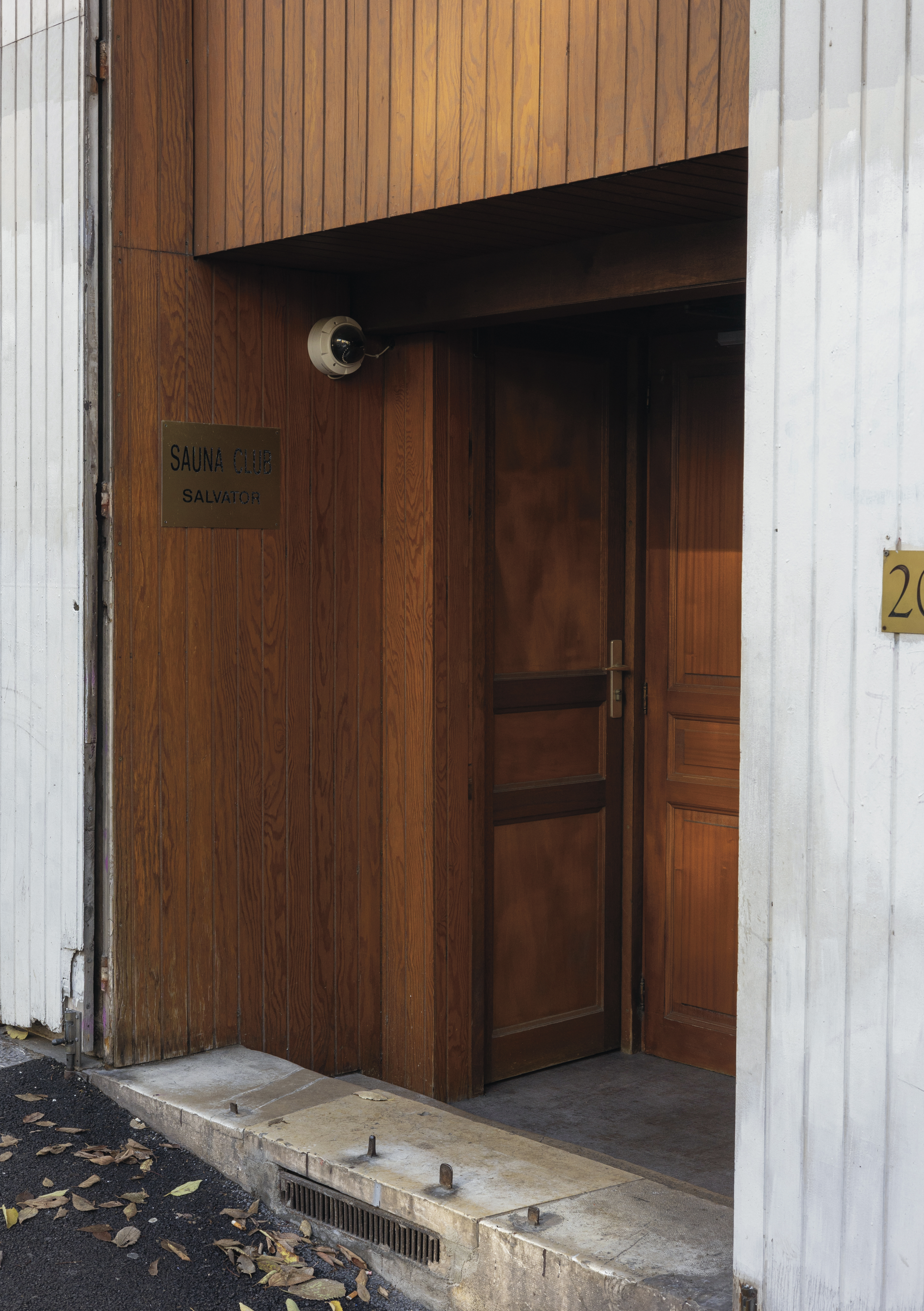
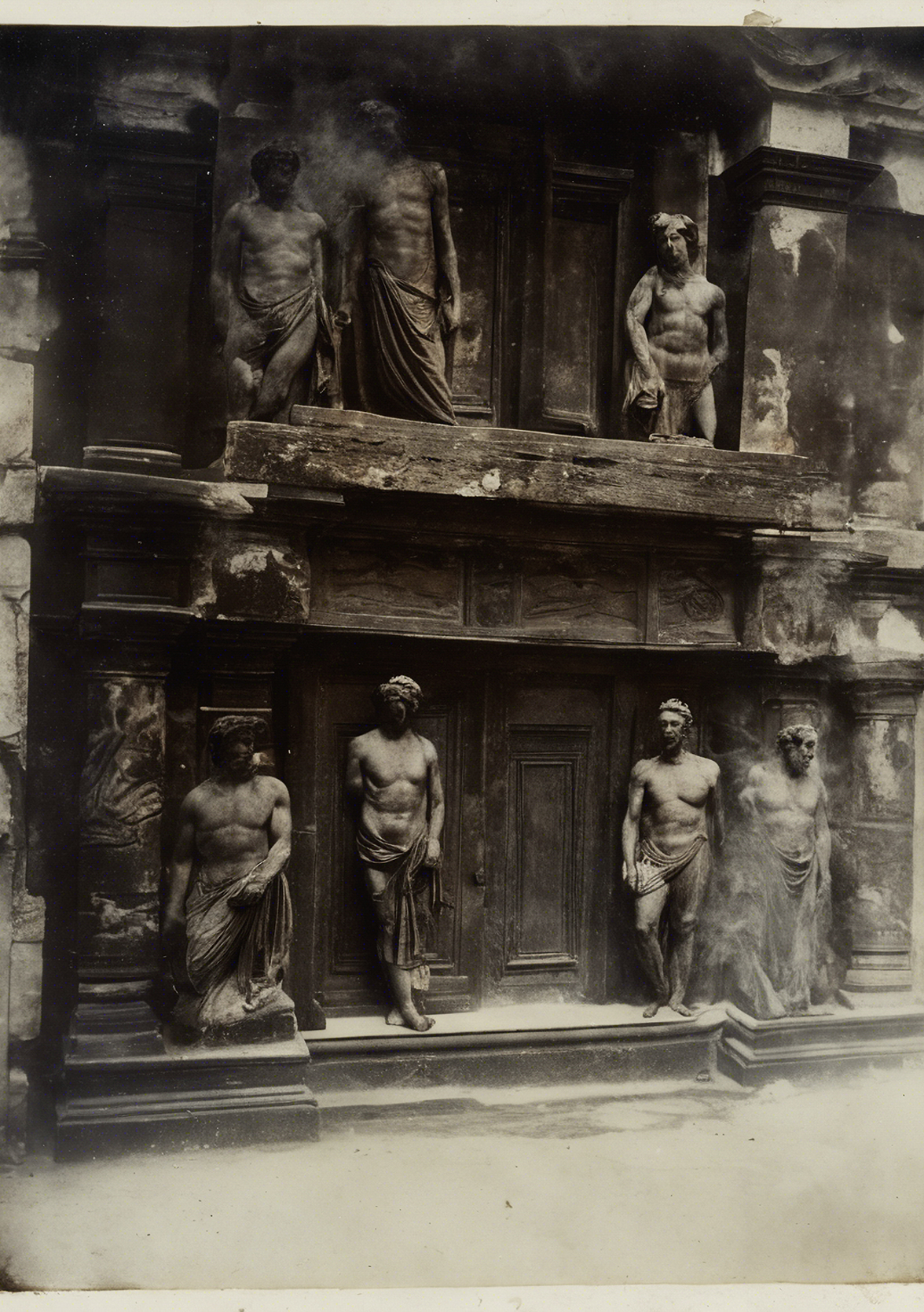
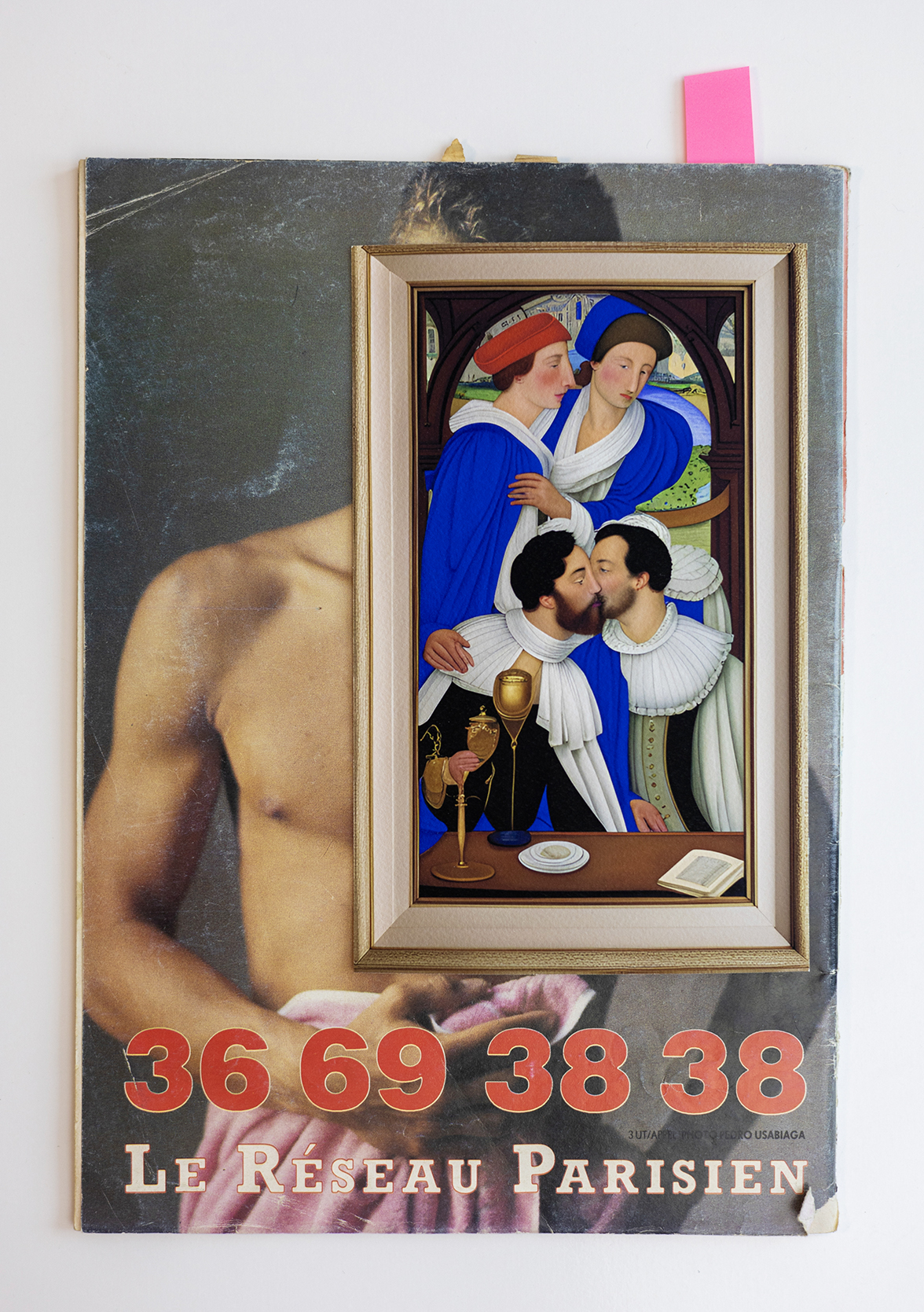
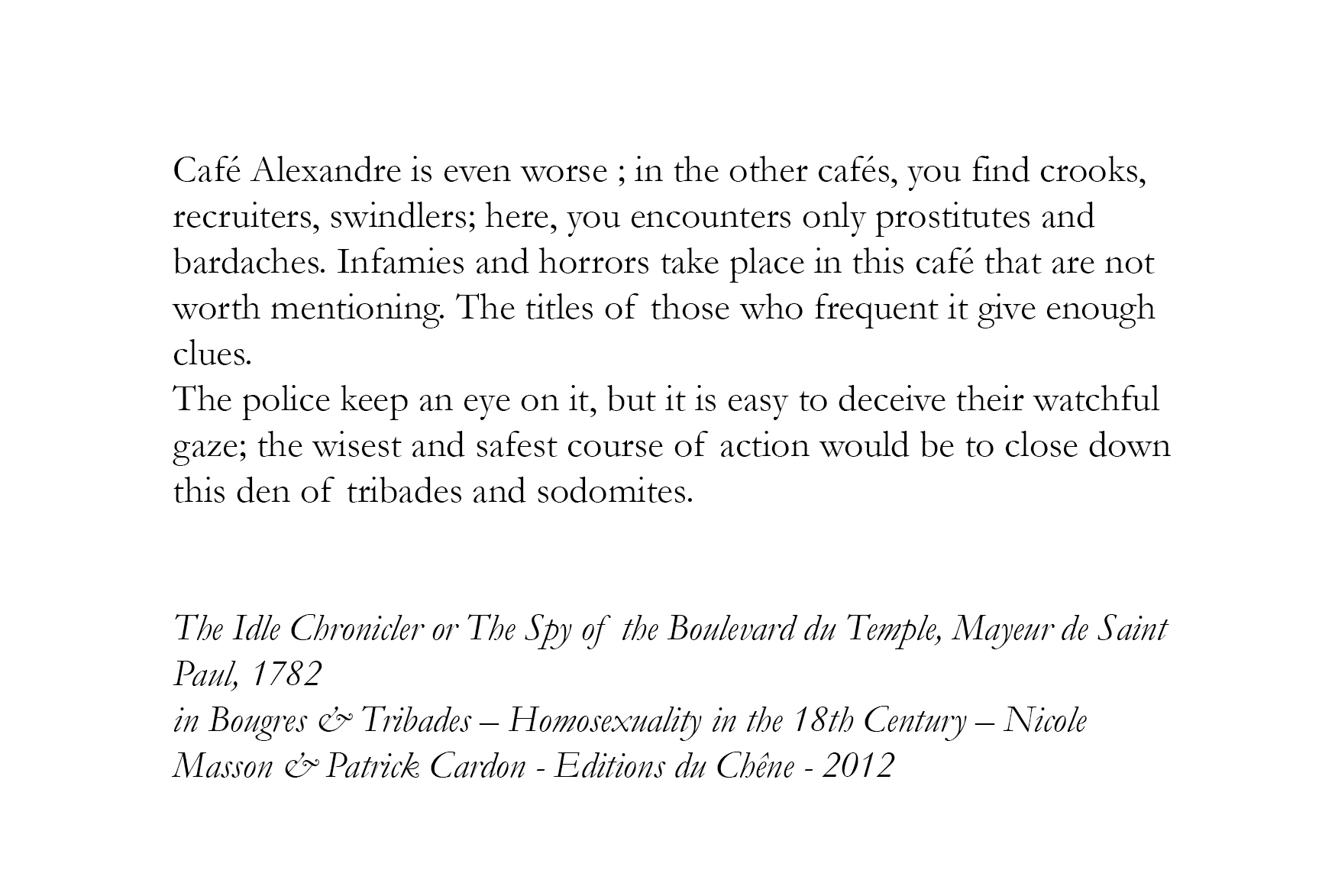

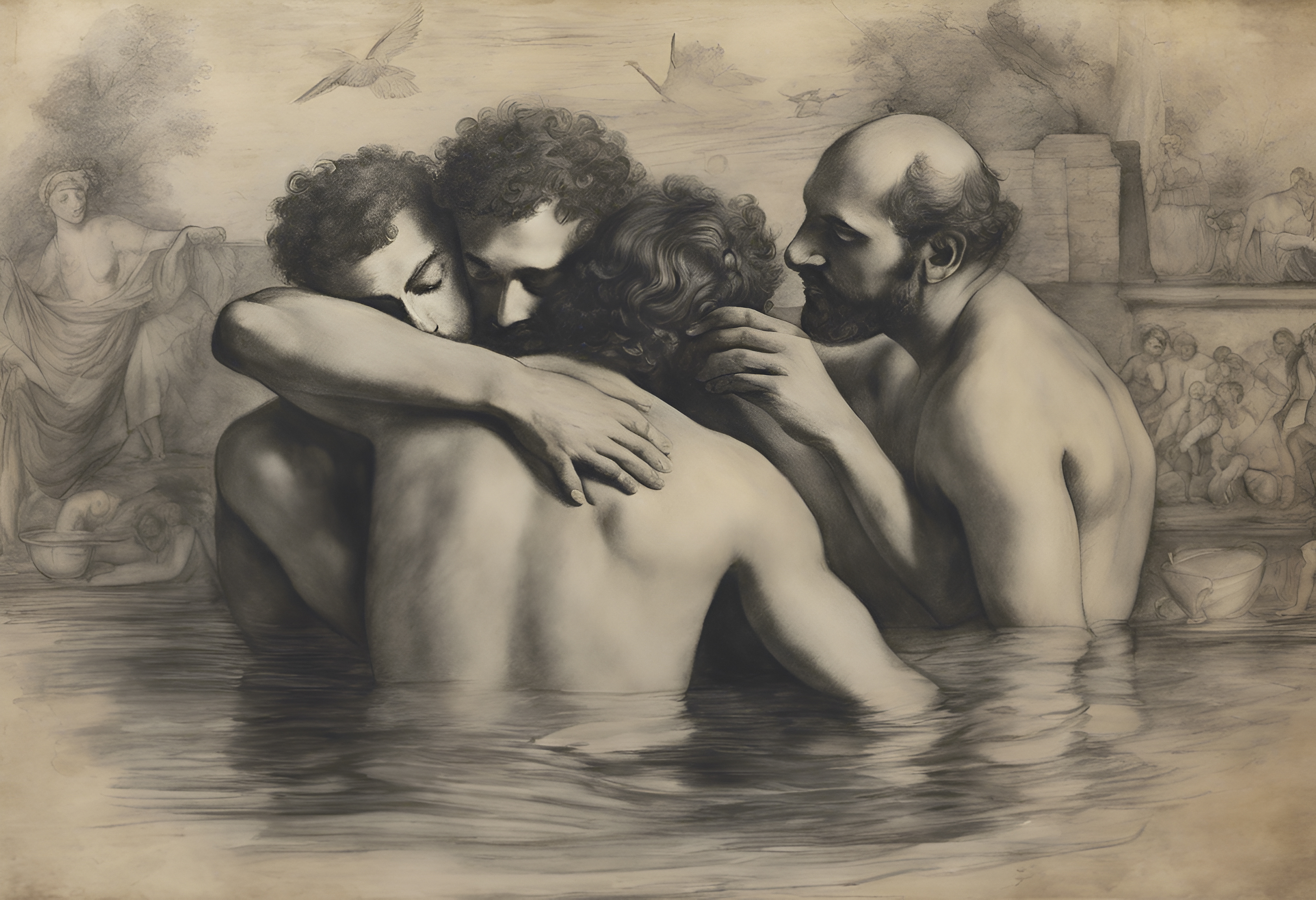
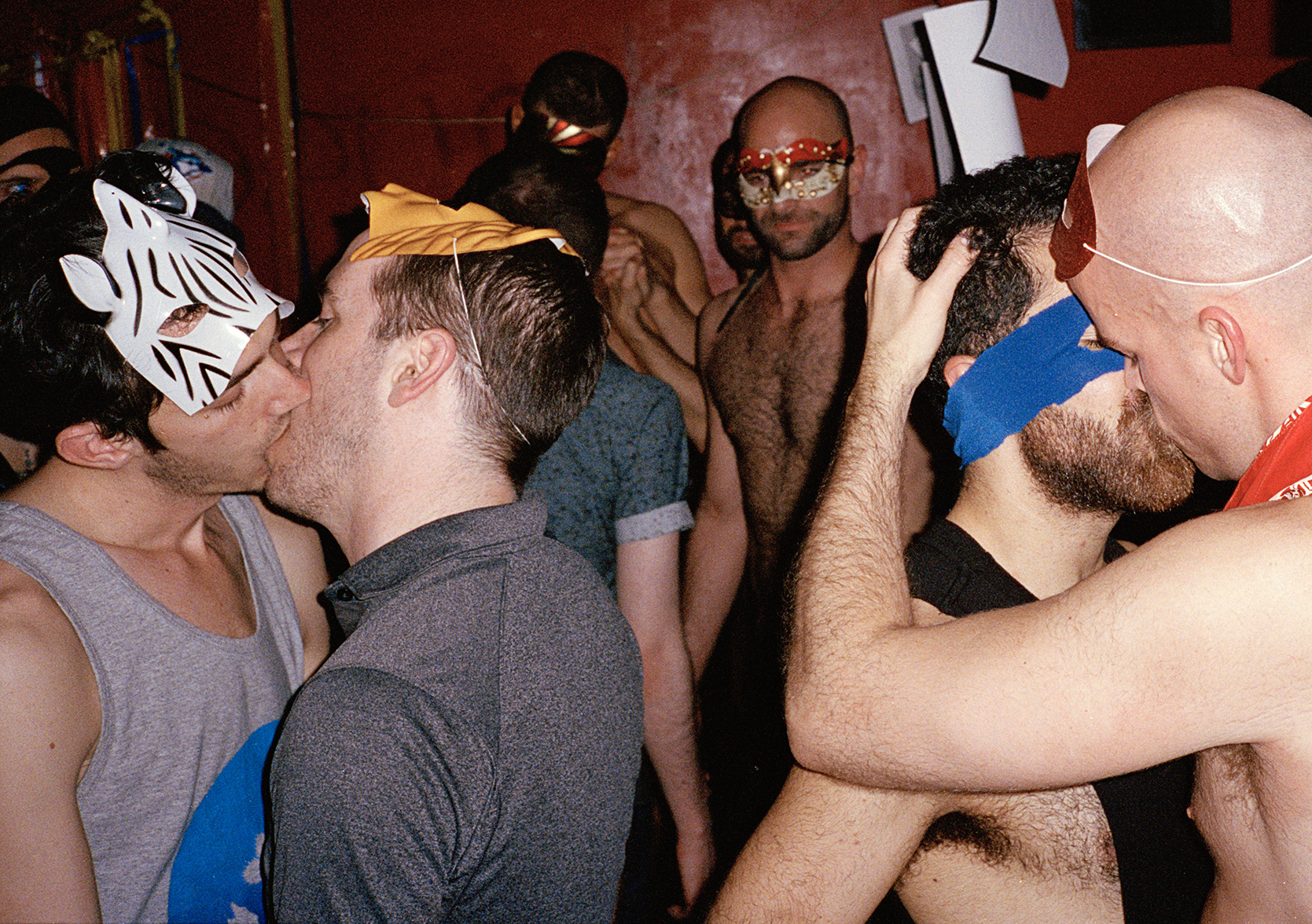
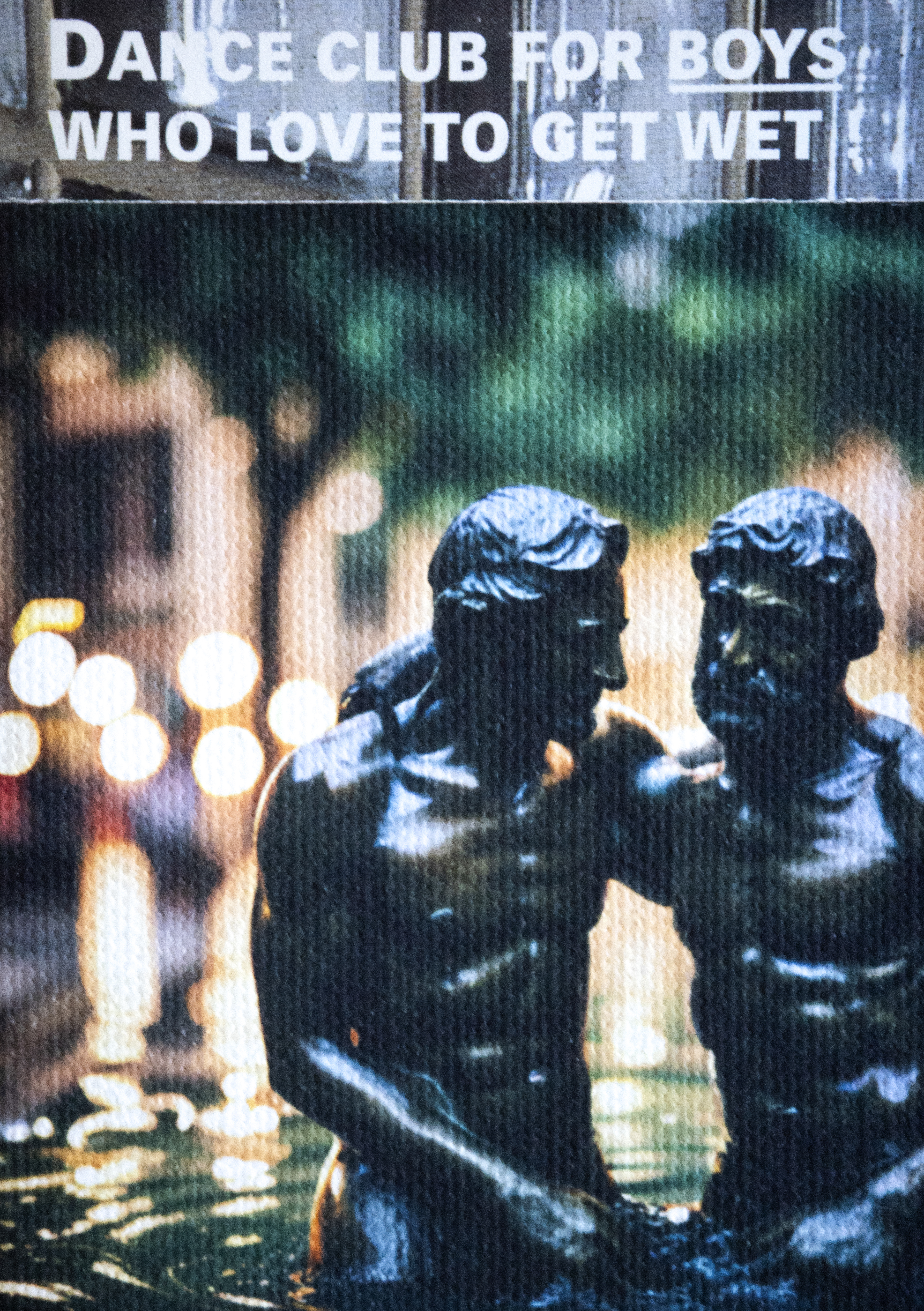
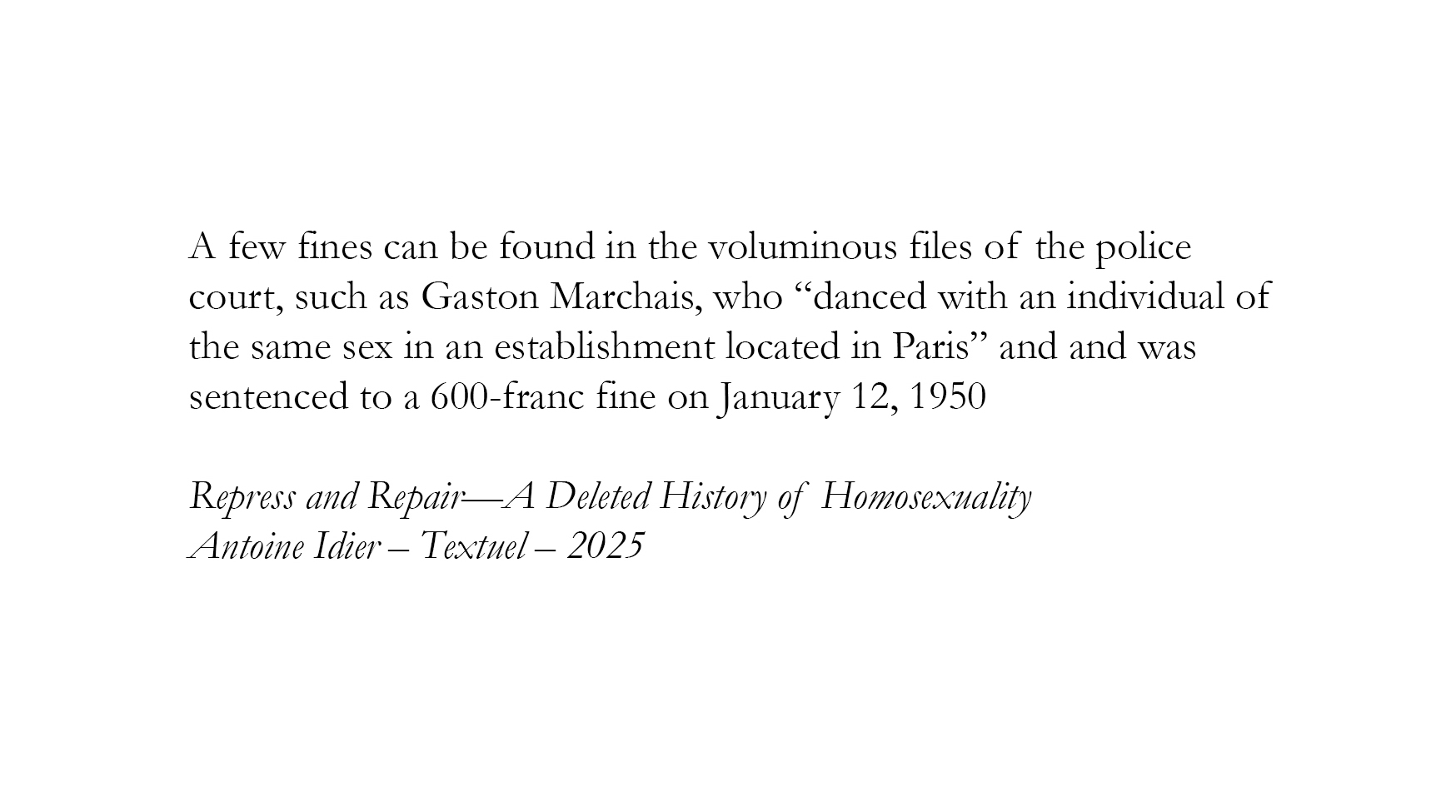
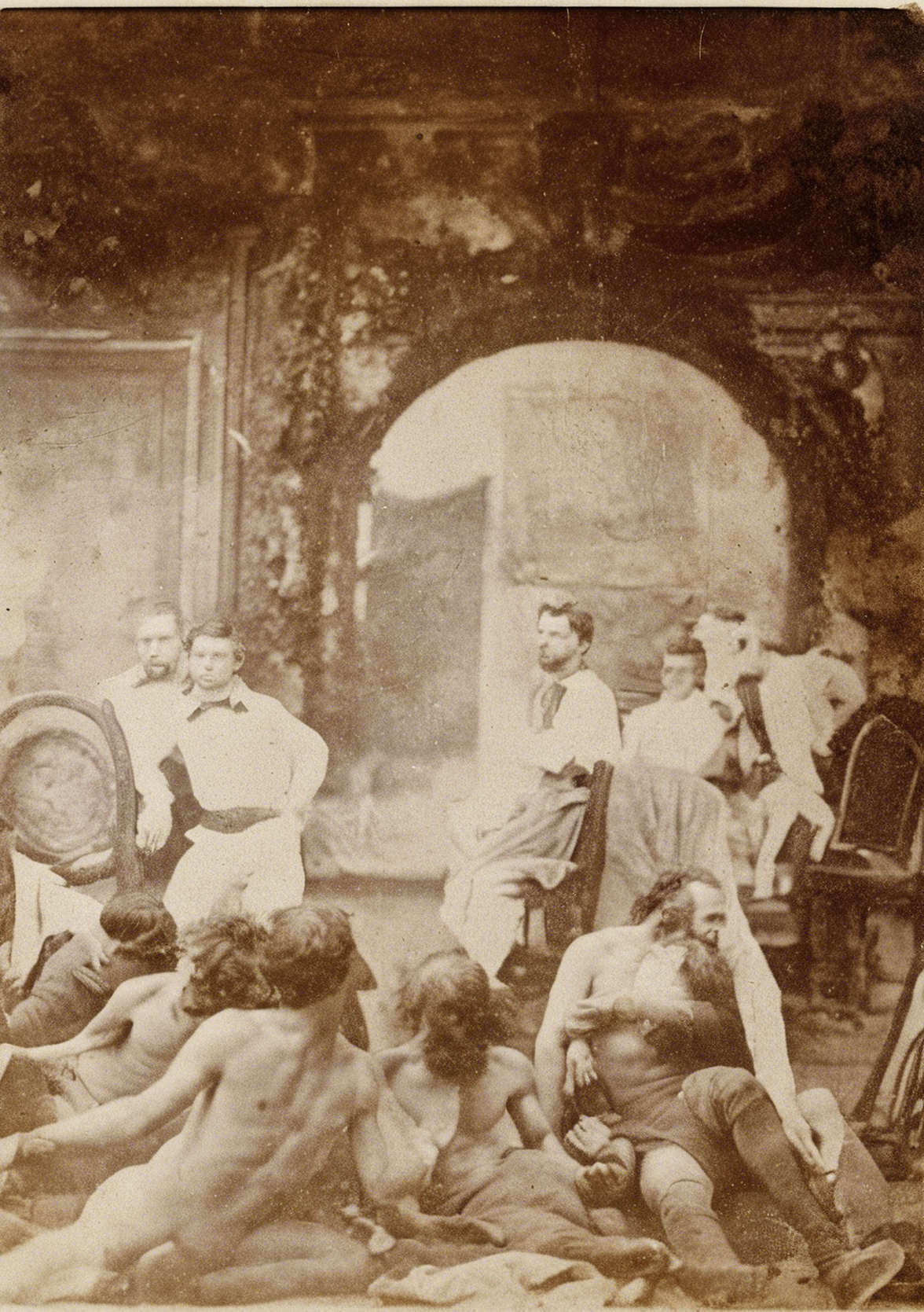
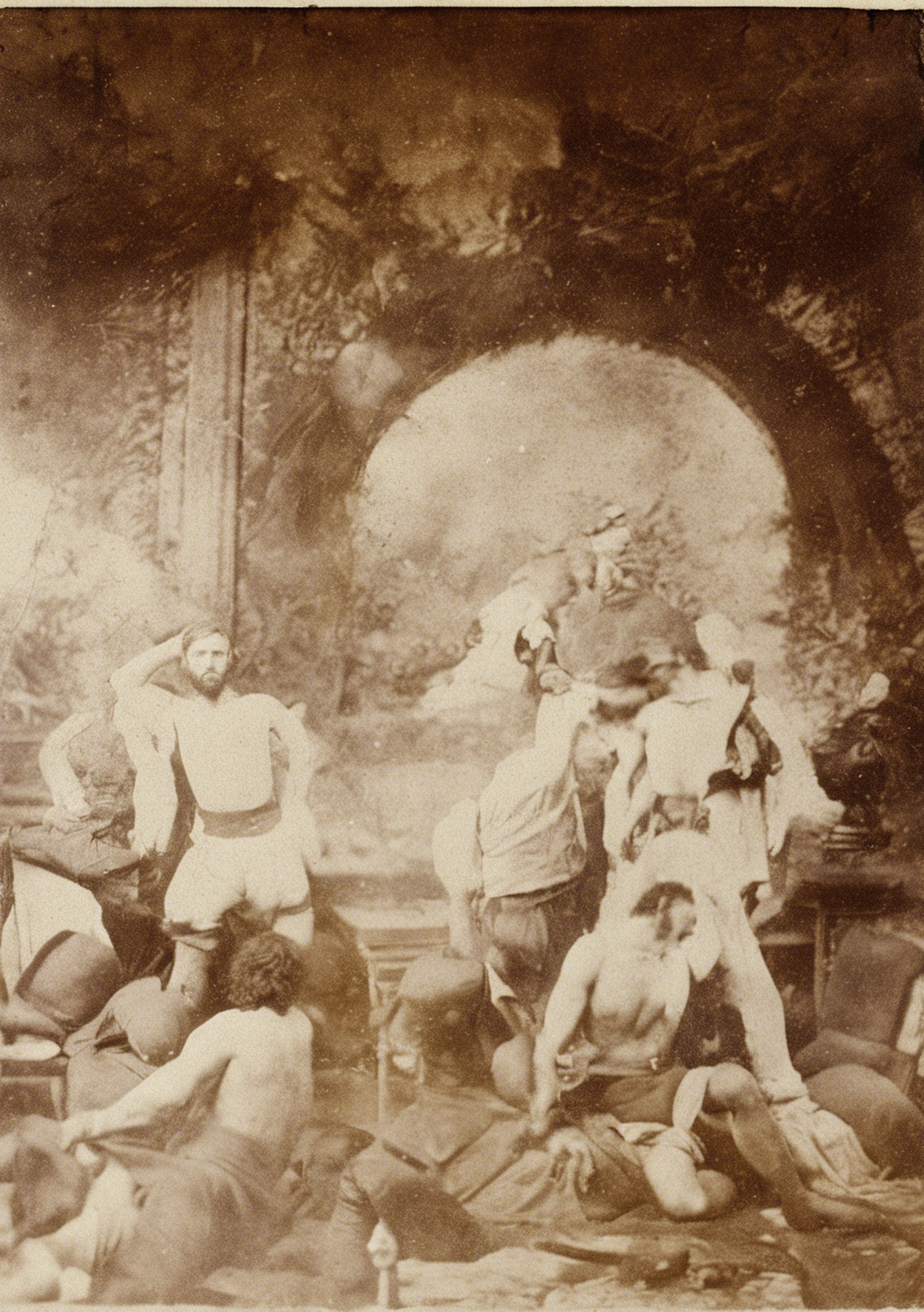
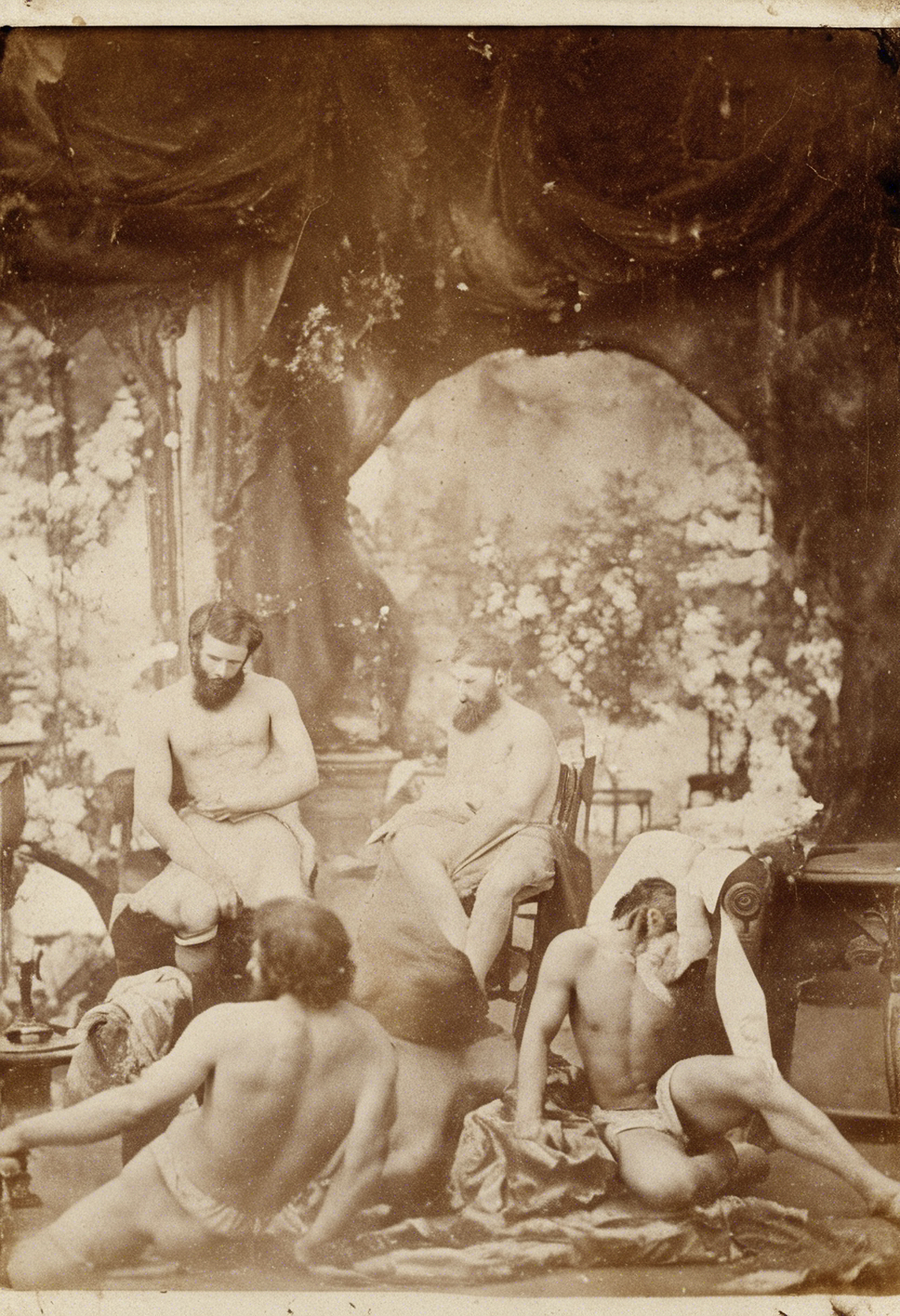
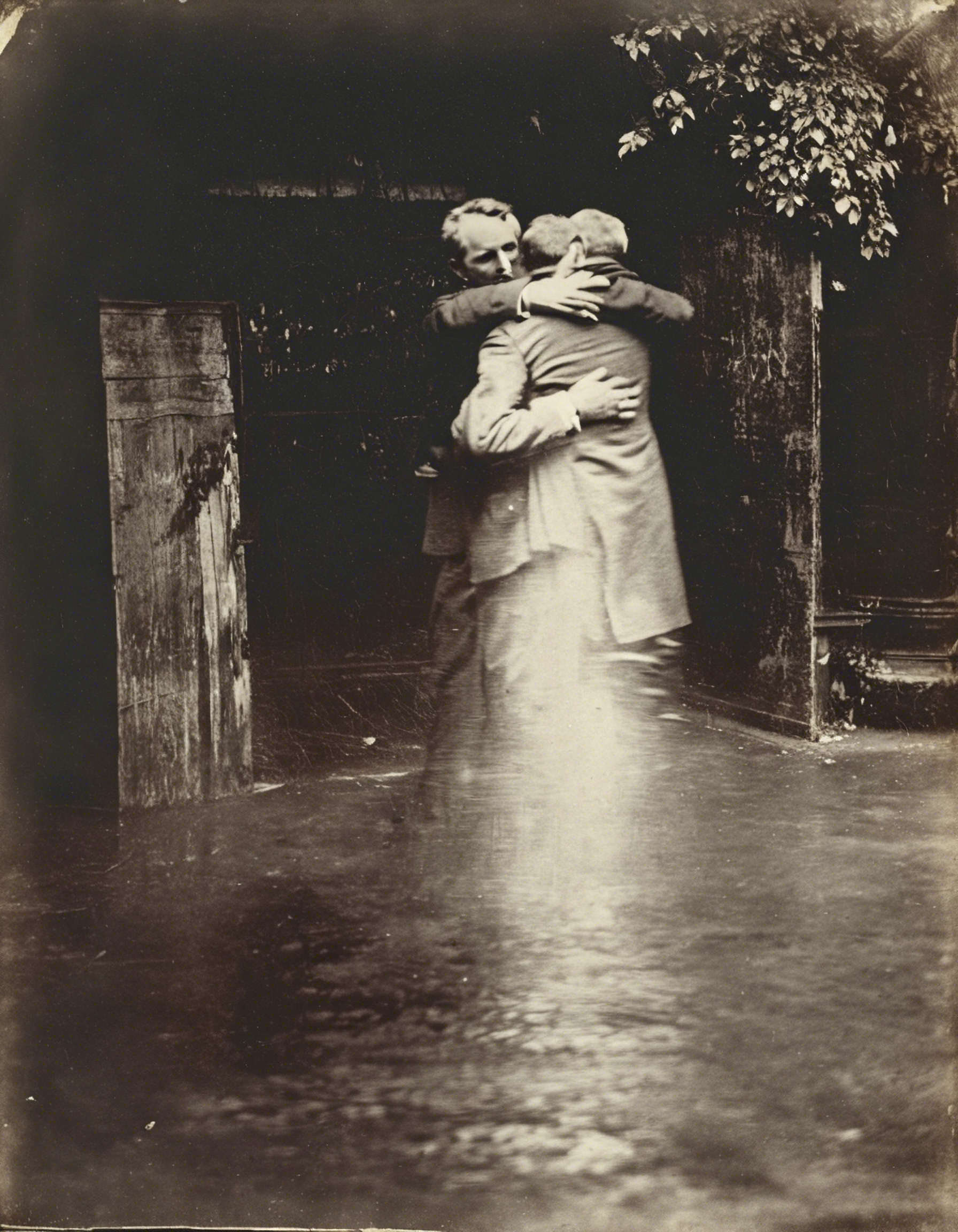
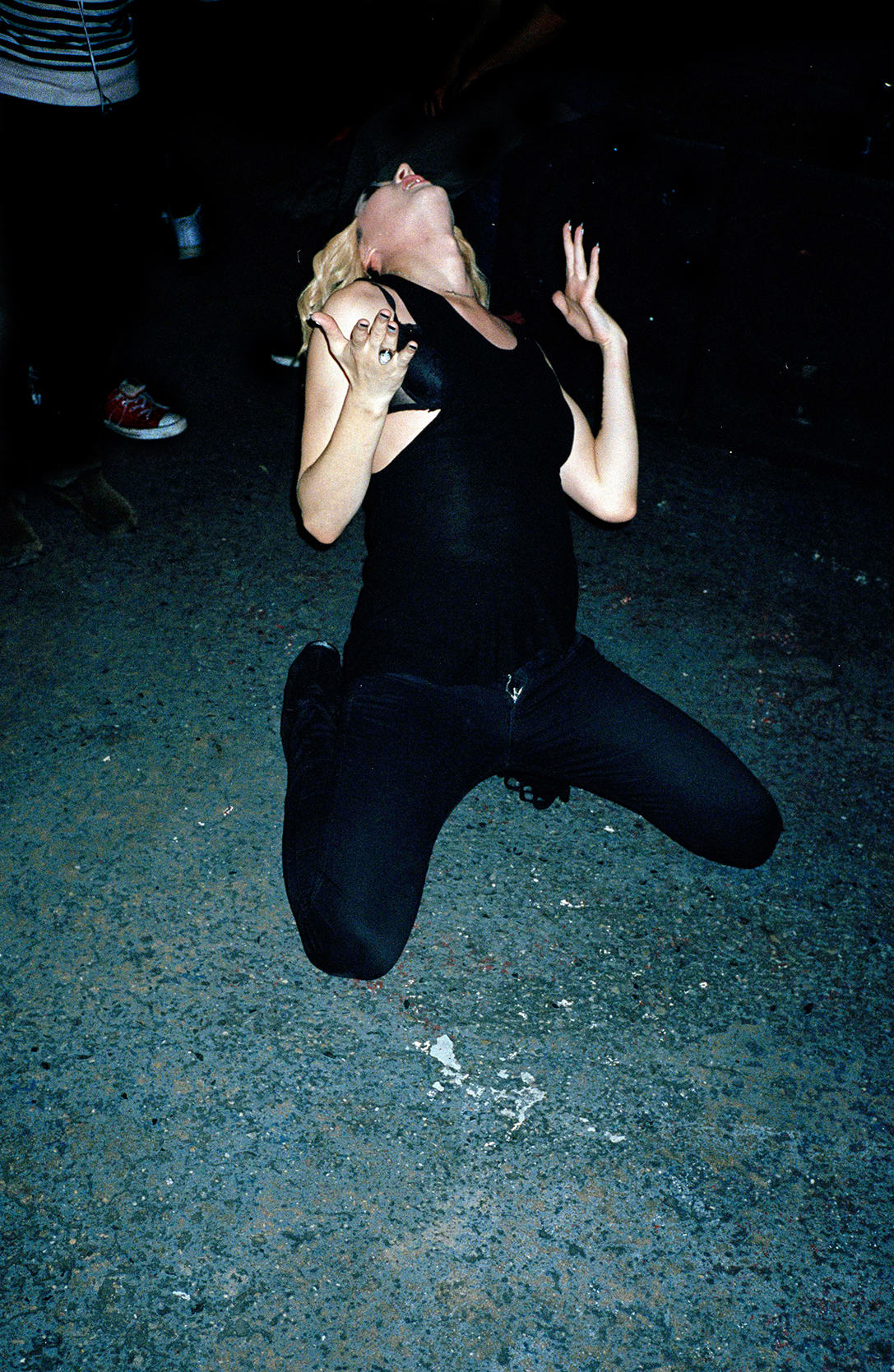
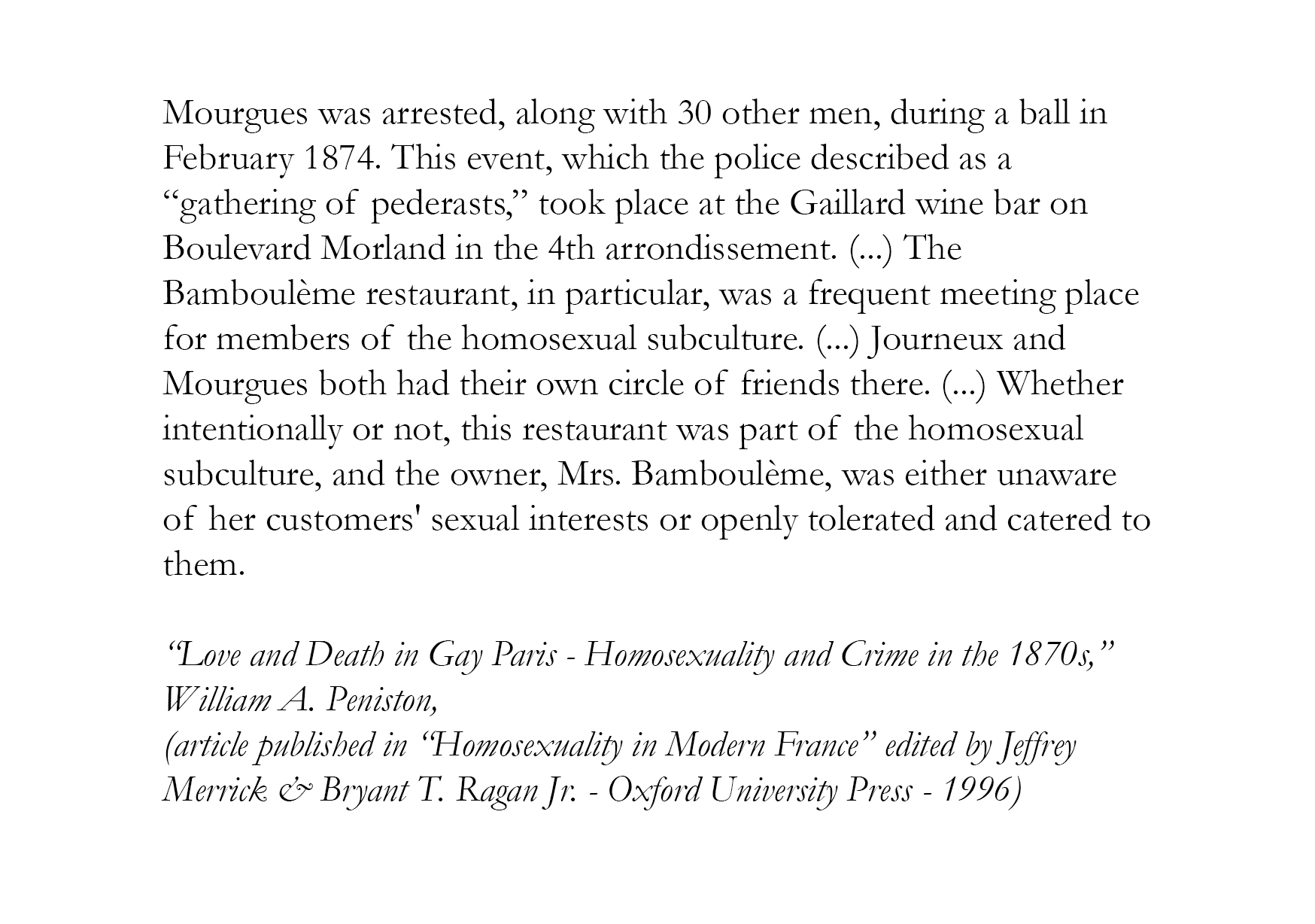
"You say there are no words to describe this time, you say it does not exist. But remember. Make an effort to remember. Or, failing that, invent. »
Monique Wittig, ‘Les Guerillères’, les Editions de Minuit, 1969, translated by David Le Vay
(quoted by Hélène Giannecchini in ‘Un Désir démesuré d’amitié’ Stock, 2024)
“When i was young the absence of the past was a terror.”
(...) “Most of our biography is located in fiction. Genet’s prisoners, Cocteau’s sailors; it was not possible to write in the first person, so we have a lack of information.”
Derek Jarman, ‘At Your Own Risk’, Vintage Classics, 1992
Monique Wittig, ‘Les Guerillères’, les Editions de Minuit, 1969, translated by David Le Vay
(quoted by Hélène Giannecchini in ‘Un Désir démesuré d’amitié’ Stock, 2024)
“When i was young the absence of the past was a terror.”
(...) “Most of our biography is located in fiction. Genet’s prisoners, Cocteau’s sailors; it was not possible to write in the first person, so we have a lack of information.”
Derek Jarman, ‘At Your Own Risk’, Vintage Classics, 1992
“Espaces fantômes” (Phantom Spaces) is aiming at building a phantasmagorical archaeology of gay spaces in Western Europe using real and imaginary archives.
“Espaces fantômes” started from the progressive disappearance of gay men's meeting and sociability places. I began to build an archive by photographing their facades, bar interiors, meeting places in parks… At the same time, I studied historical research on these precarious places which hardly appear in official history with the notable exception of legal history.
“Espaces fantômes” also uses artificial intelligence as a tool to fantasize about those “safe spaces” of which nothing remains or which never existed, to shed light on shadowy areas of history and re-enact other possible pasts, outside a generalized system of repression.
These imperfect images, full of 'glitches', illustrate the difficulty of representation, as the images made available by the algorithms often do not allow for the generation of realistic images.
This project is not chronological but a puzzle which tries to create a clandestine and alternative history.
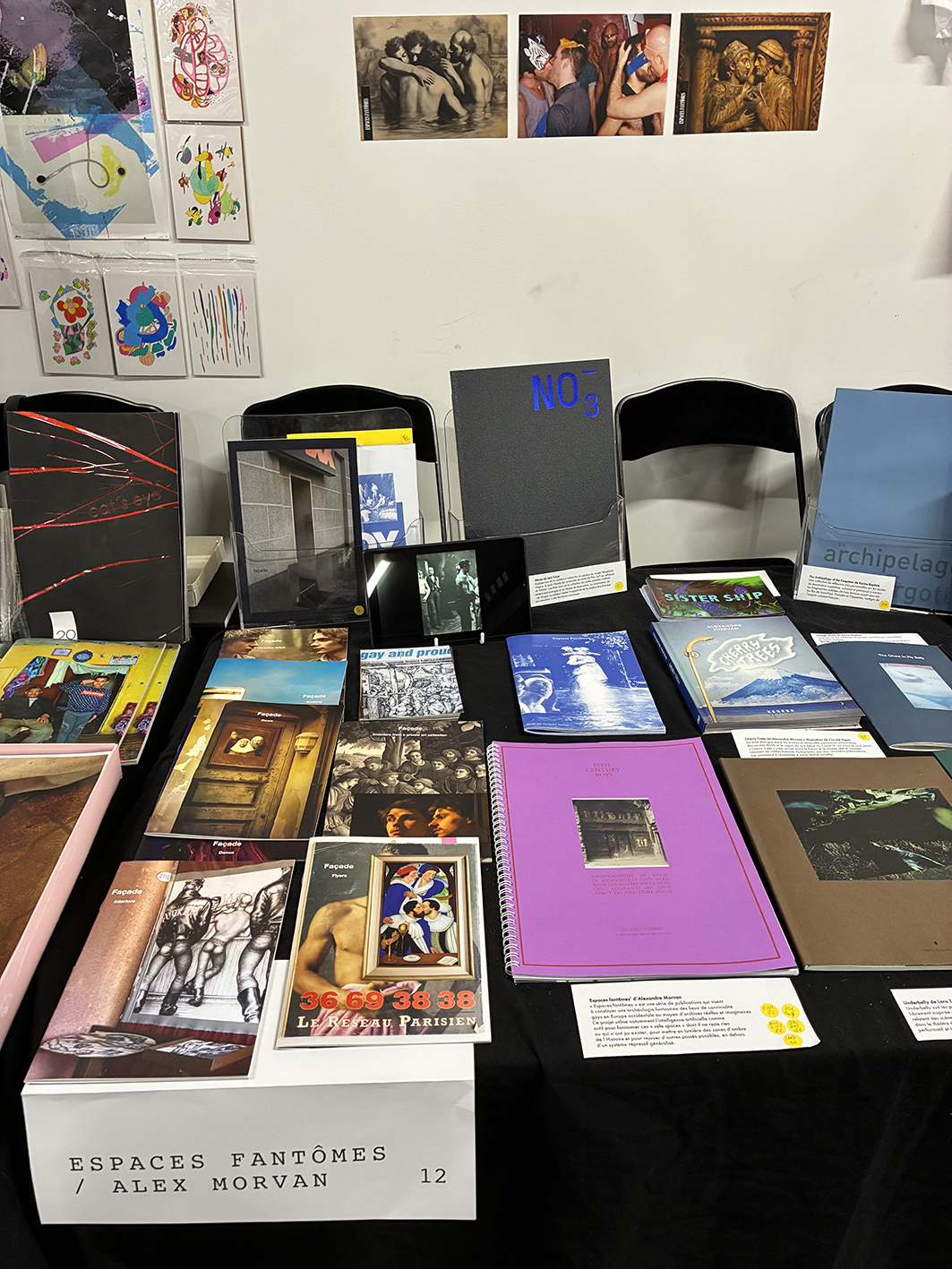

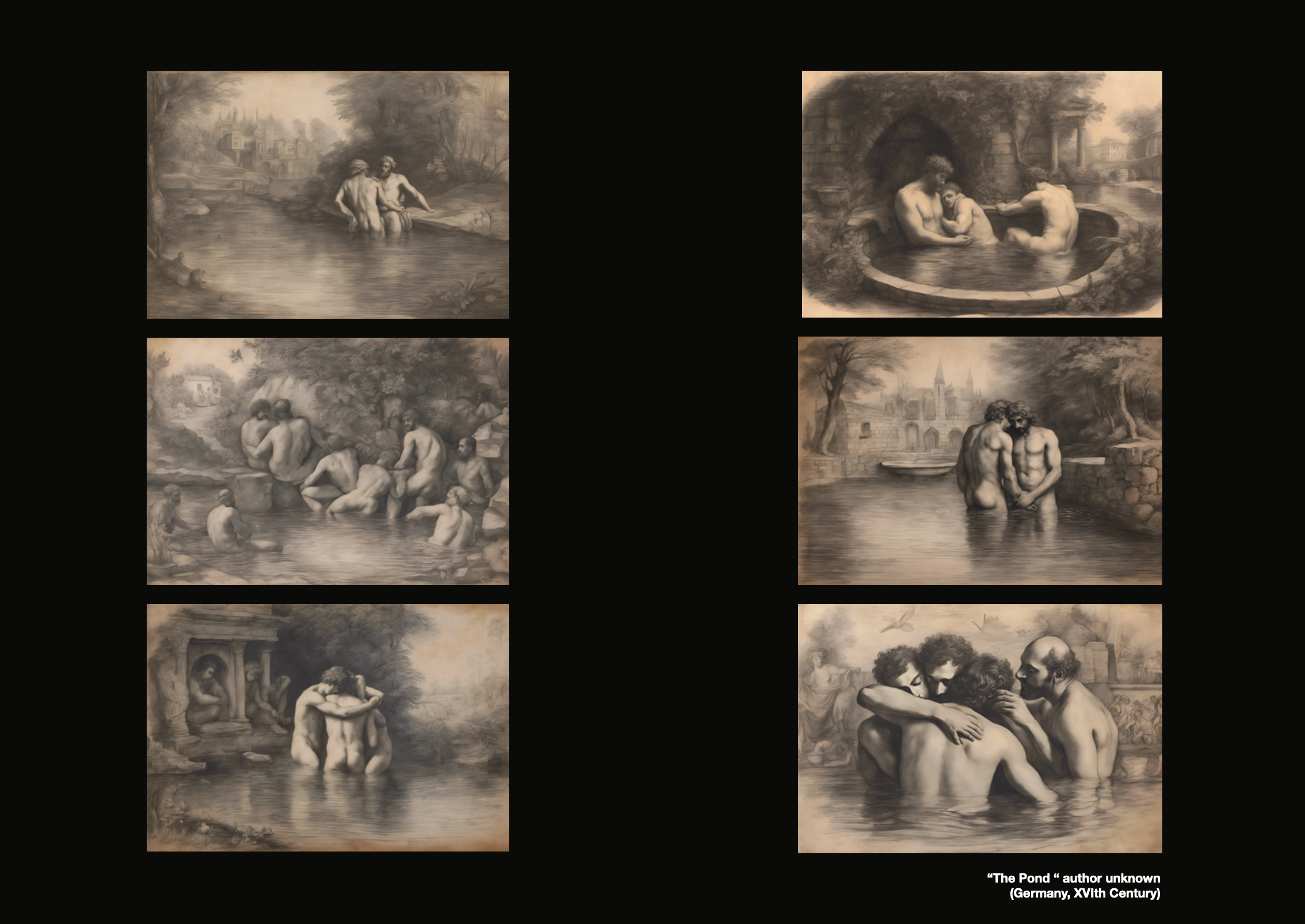

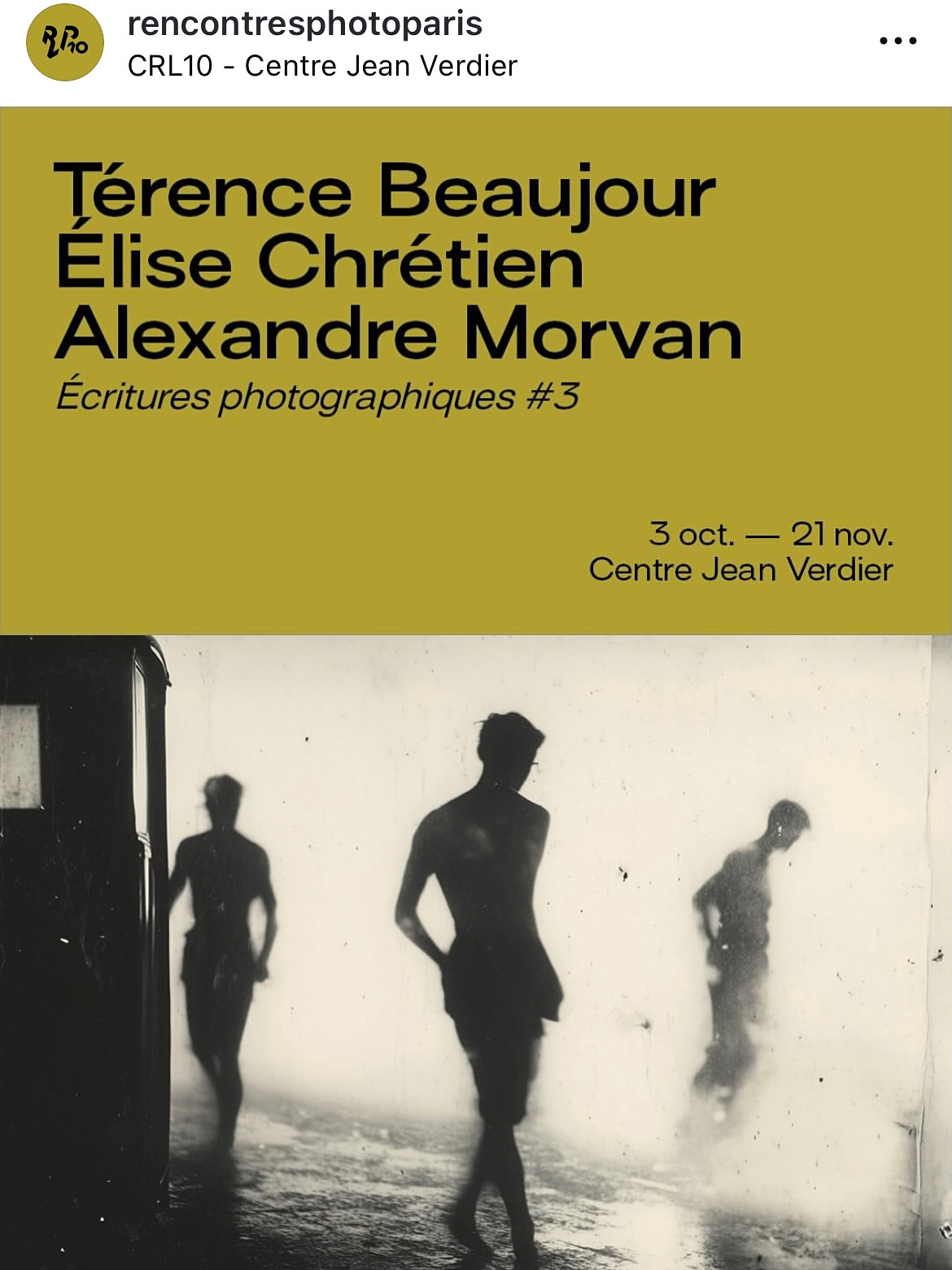
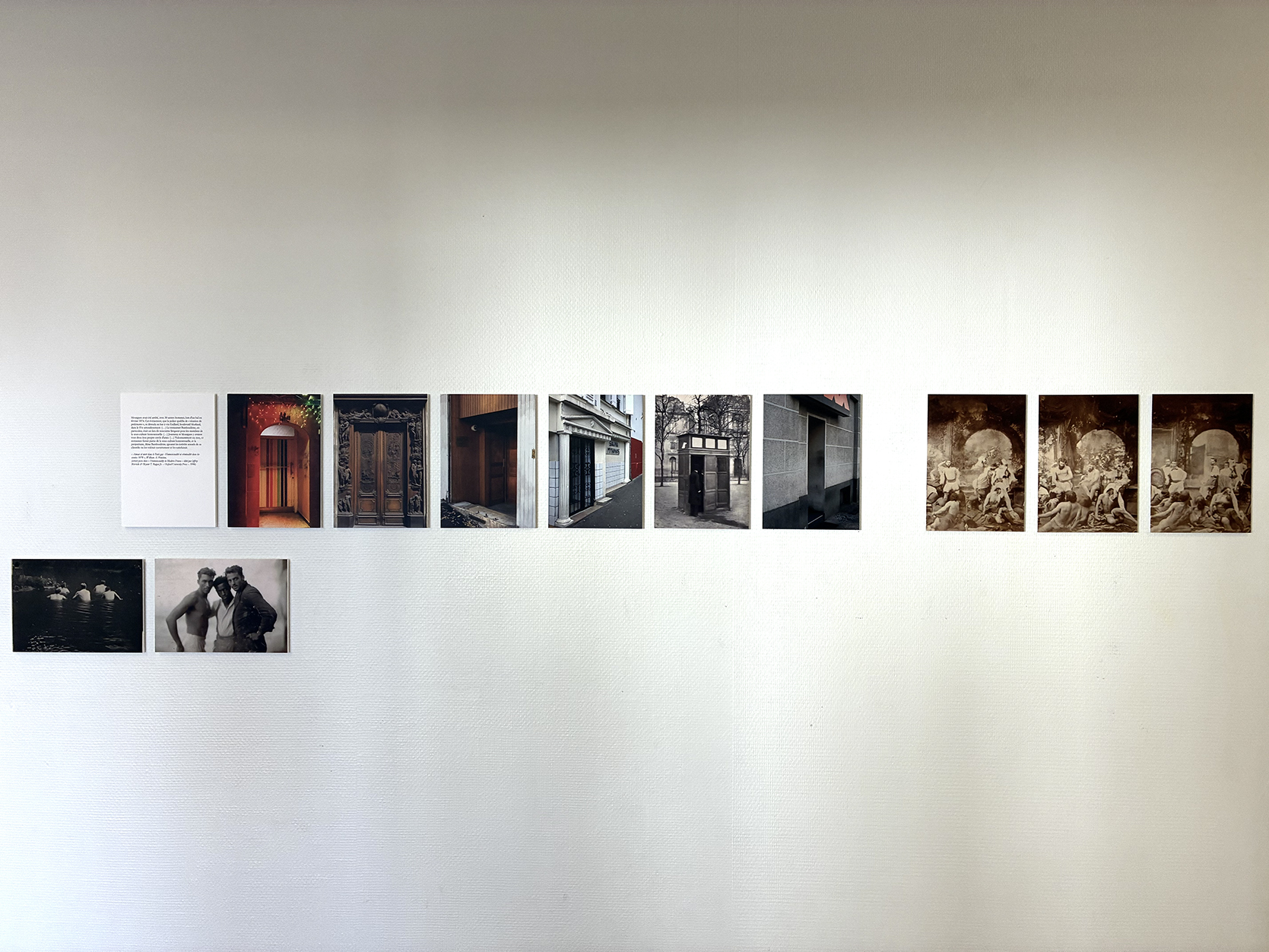
back
